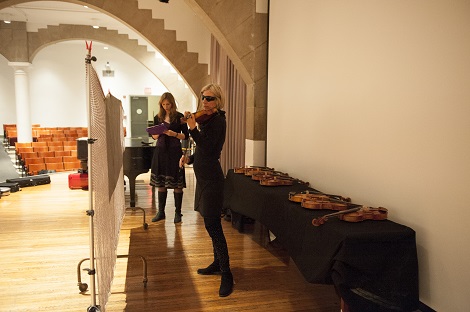Killingbeans
Major Contributor
Can testing differentiate between the two?
Yes. One is part of the source, the other isn't. Look at the difference between input an output. Done.
What do overtones look like on the dashboard?
If you did testing with a recorded sample of a musical instrument, it would be a form of multitone test.
One is considered distortion one is considered timbre can we reduce one without affecting the other?
Yes. In the studio the producer can alter the overtones by applying bandstop filters or other trickery. But the DAC can not reduce them discriminately.
A DAC that measures better will add less distortion than one that measures worse, but none of them will reduce the overtones of the source.
Can overtones even be measured?
Yes. Very easily. It's called recording music





